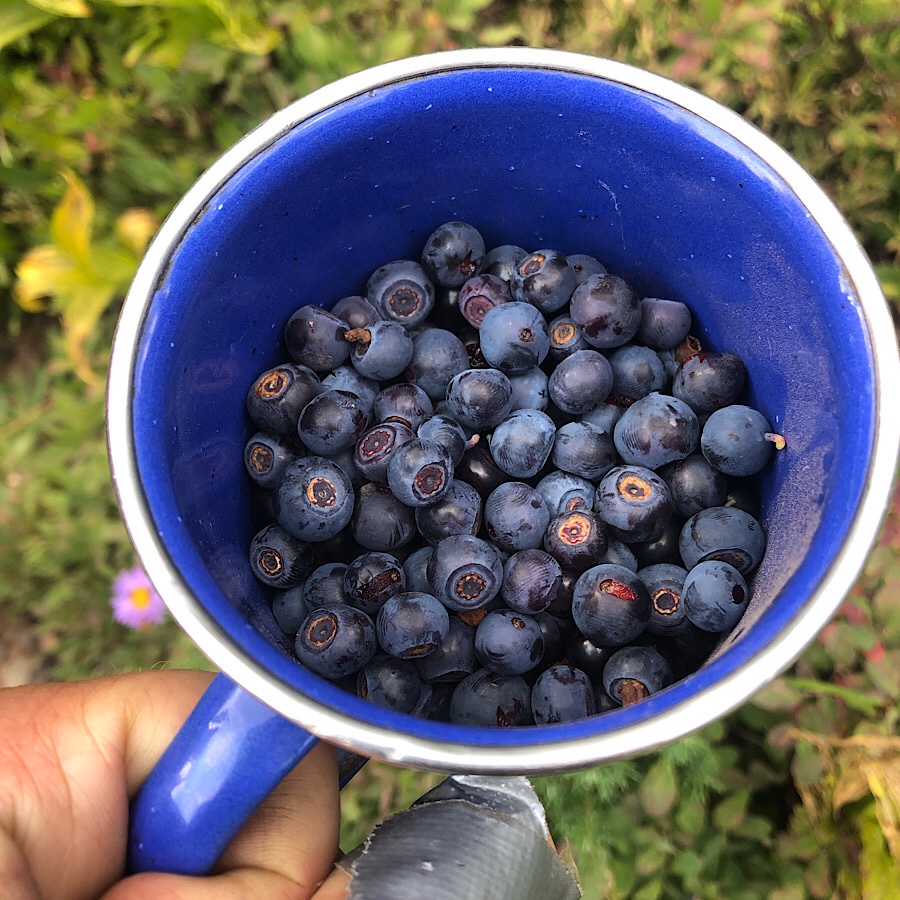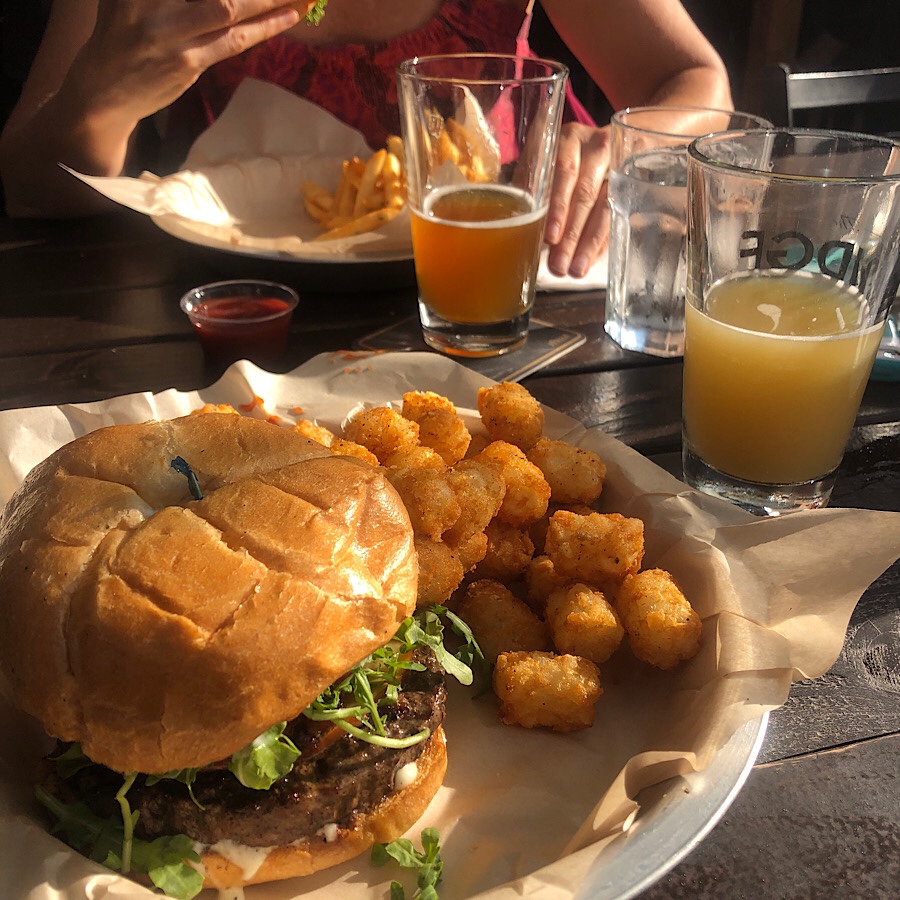
Lying in bed, begging to sleep, my mind was consumed by a deep, torturous throbbing emanating from the tip of my left thumb. A couple days before while pitting plums, I cut the nail bed, and now a small wound was festering under my thumbnail.
And so there I was, twenty miles from the car, in the middle of the Glacier Peak Wilderness, lying in excruciating pain.
I barely noticed the offending incident.
The night before the trip we prepared plums from our tree, cutting out the pits and freezing the juicy red meat on baking sheets. It was just a little jab. Hardly anything. But it was under the nail, and over the next couple days it turned into a nightmare.
But before I continue, let’s talk about the hike. The hike was great.
The Spider Meadows/Buck Creek Pass Loop is one of the most popular multi-day hikes in the Cascades. The grandfather of PNW hiking, Ira Spring, considered it his favorite, and reading his description in his Classic Hikes book, the trip seemed to have it all – mountain lakes, cliff-rimmed valleys, views of a Cascade volcano, and all in a loop. Well, almost a loop. A three and half mile hike on a Forest Service Road was required to join the the Trinity and Phelps Creek Trailheads. Not a big deal. We opted for the counterclockwise direction and decided to leave our car at the Trinity Trailhead at the end of the tour. This meant starting the trip with a two-hour walk on a dusty road, but ending the trip at our car, complete with fresh clothes and yummy treats.
Preparing for the hike, my biggest concern was the Spider Glacier over Spider Gap. Some trip reports said it was easy and all you needed were tennis shoes. Others said they felt like their lives were at stake with each step. We opted to bring microspikes and hoped for the best.
We got a later start than we wanted and arrived at Trinity around 2 pm. Hurrying to get our packs in order, we noticed a large group of middle-aged men who had just finished the loop. Having a bag of fresh plums with us, Giovannina offered some to the fellas, who devoured them. As a gesture of appreciation, they drove us to the Phelps Creek Trailhead, saving us at least an hour of hot, dusty hiking.
The trail up Phelps Creek might be the most idyllic I’ve ever hiked in Washington. About four feet wide, the packed dirt path is almost completely free of roots as it winds its way along Phelps Creek through a mature forest of ponderosa pine. The understory is rich with fern, and huckleberry, and the climb is never steep. The trail just works its way gently upward for five miles to the jewel that is Spider Meadows.
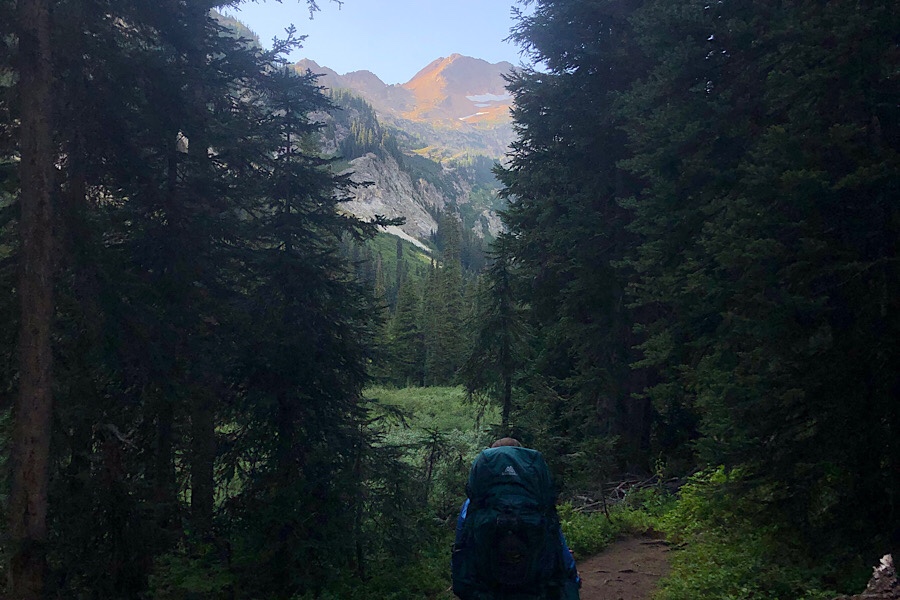
Rimmed with massive rocky peaks on either side, Spider meadows looks like the entrance to Valhalla. A small creek trickles around hillocks and dales through wildflower meadows. Small copses of subalpine fir and mountain hemlock provide ideal hiding spots for deer and elk. We heard the whistling of marmots ringing off the cliff walls as a young family played in the meadow amongst the bear grass and alpine lilies.
We hiked through Spider Meadows towards the pass, hoping to get as close as possible to the glacier for our morning crossing. We met a couple of hikers (who we would see again later on the trail) that recommended we camp at The Eagle’s Nest, describing it as one of the best campsites in the Cascades. Having saved some time with the ride to the trailhead, we opted to check it out. And so, we hiked upward. And by upward, I mean like straight up. Not only was the trail steep, but an ill-placed footfall could result in a thousand-foot plunge.
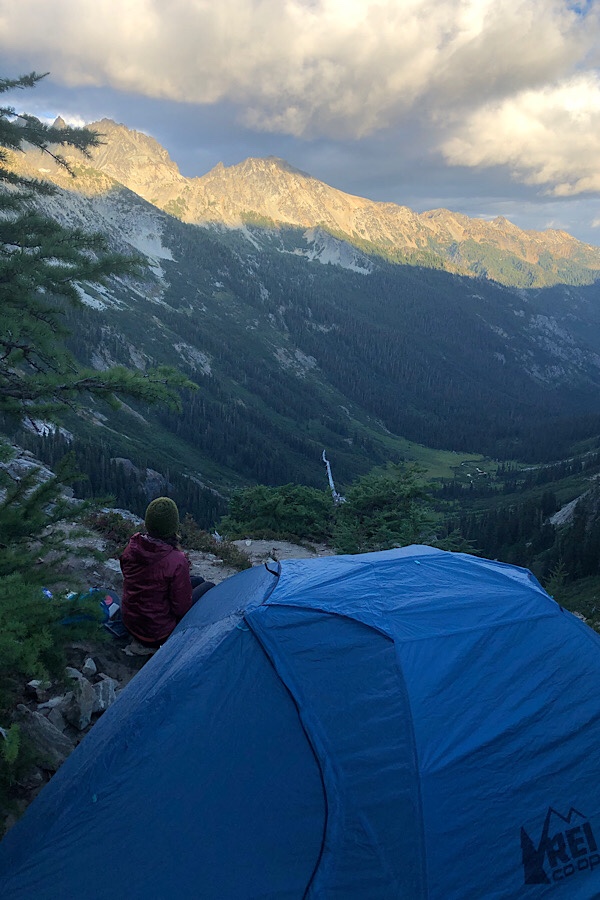
But the effort was worth it. The Eagle’s Nest, might be one of the most stunning spots I’ve ever camped at. Suspended almost two thousand feet above the valley floor, we pitched our tent on a perch fit for, well, an eagle. Over dinner, we watched as the encroaching shadows from Phelps Ridge slowly engulfed the deep green valley, while the jagged peaks of the Entiat Mountains, shear and mighty, stood like sentinels growing orange and then gray in the fading light.

In the tent that night, my thumb began to sting. I put some antibiotic ointment on it, and not thinking more about it, Gio and I curled up in our down sleep bags and listened to the creek gurgle its way from underneath the glacier as we drifted to sleep.
In the morning, we awoke to an arctic blast. Frigid air from the peaks around us funneled over the glacier and ran right through our campsite. Hurrying to keep warm, we packed quickly, made a hot breakfast, and headed for the glacier, which turned out to feel more like a walking up a sledding hill. I’m glad we had our microspikes, but really, I’ve been more nervous crossing an icy parking lot.
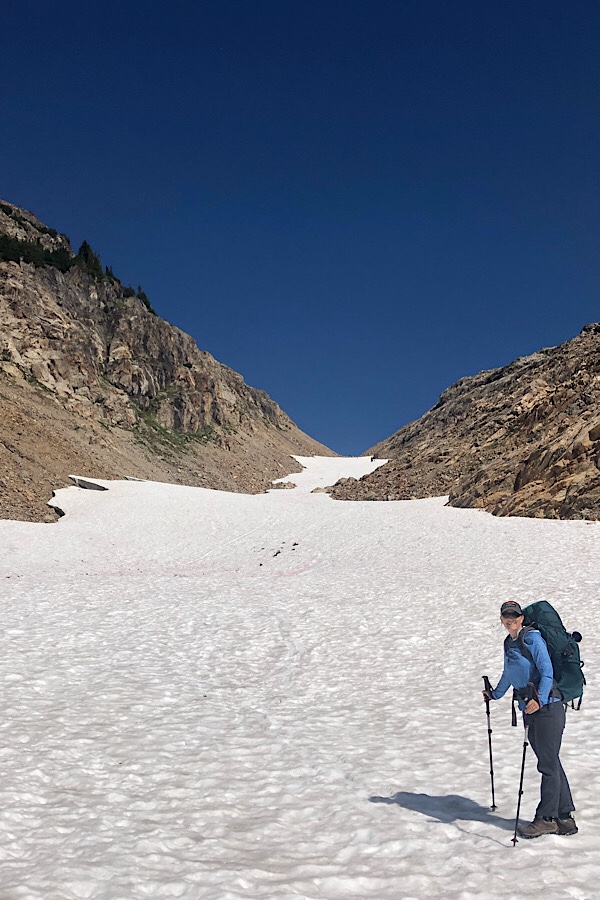
Crossing Spider Gap, we were greeted with an immense open plain, dotted with several glacial lakes – the Lyman Lakes – each greenish blue from glacial silt. The Lyman Glacier itself had seen better days, however. No doubt another victim of climate change, the glacier had retreated far up the side of Chiwawa Mountain, leaving behind a rocky moraine with hundreds of rivulets running down the mountainside. We talked with another hiker who had done the same trip ten years before and said the glacier appeared twice the size back then. I wonder if the glacier will even be there in another ten years.
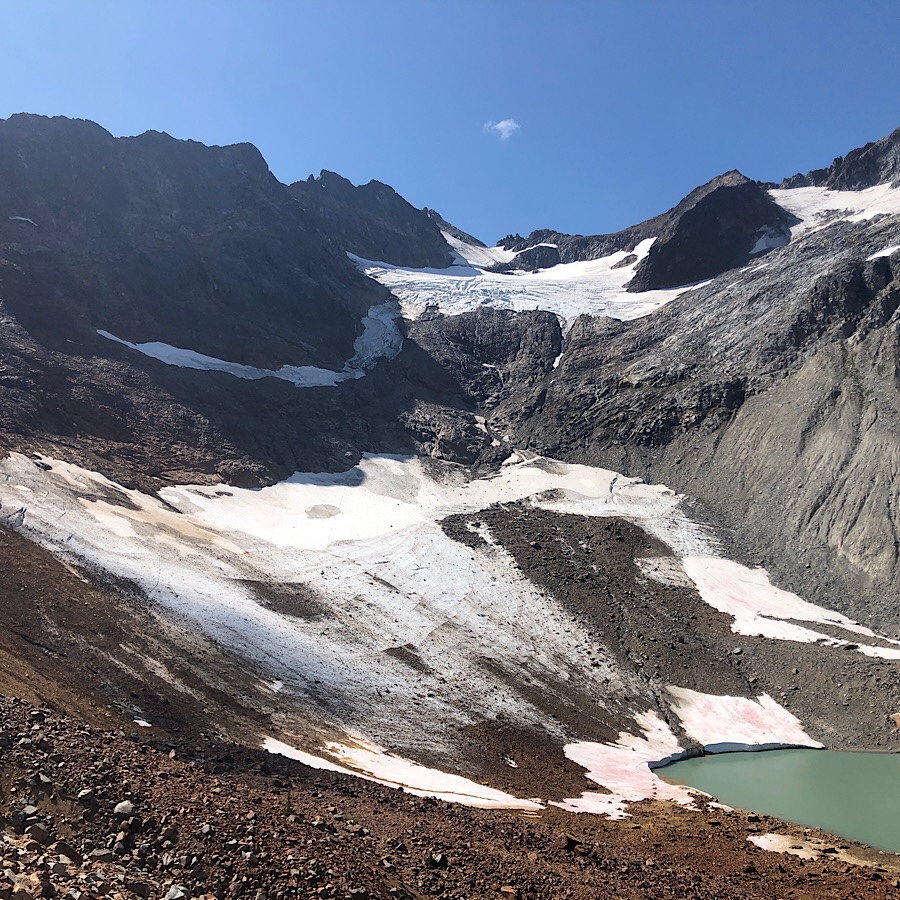
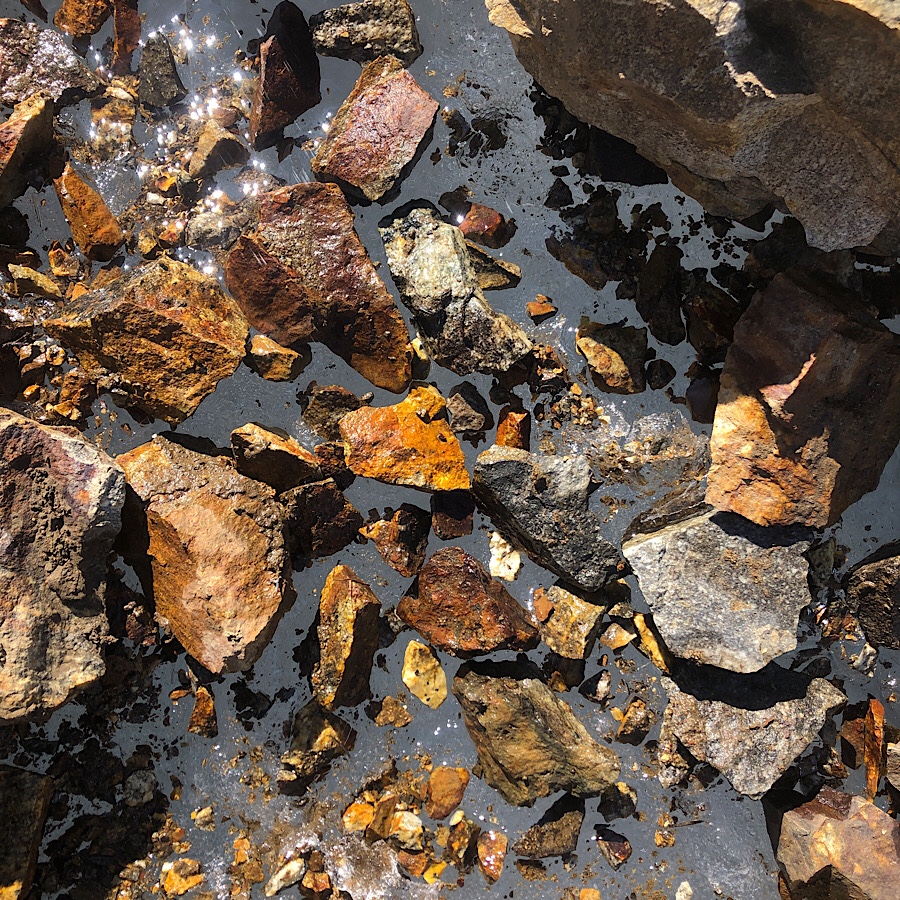
The hike past Lyman Lakes was another Pacific Northwest fairytale. Rolling meadows strewn with flowers. Trickling brooks lined with heather and ferns. On either side, high mountainous ridges, close enough to hear the occasional rockfall. What a spot. It would be worth doing the trip again just to spend more time at Lyman Lakes. But we had a circuit to complete and so we hiked on, over Cloudy Pass and Suiattle Pass to our campsite just off the PCT by Miners Creek.
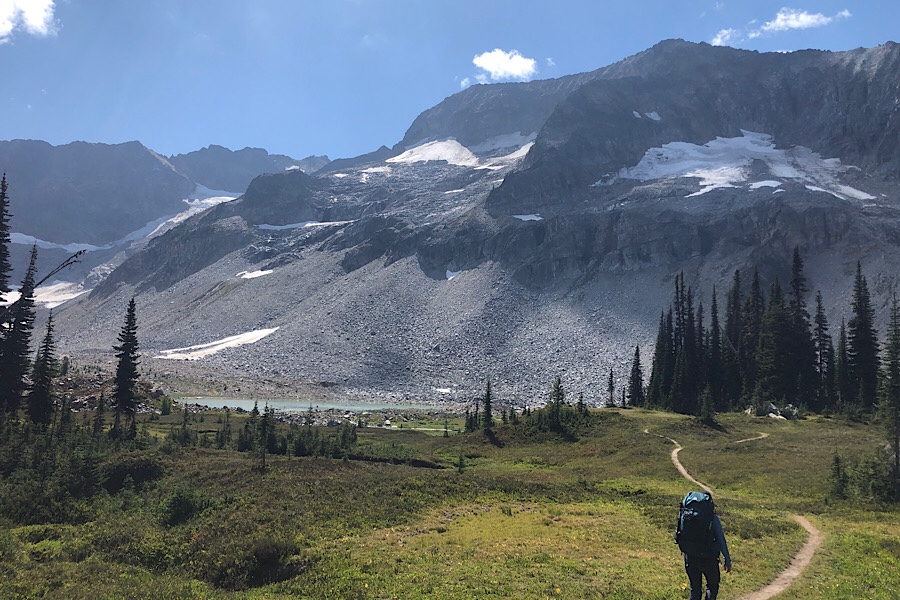
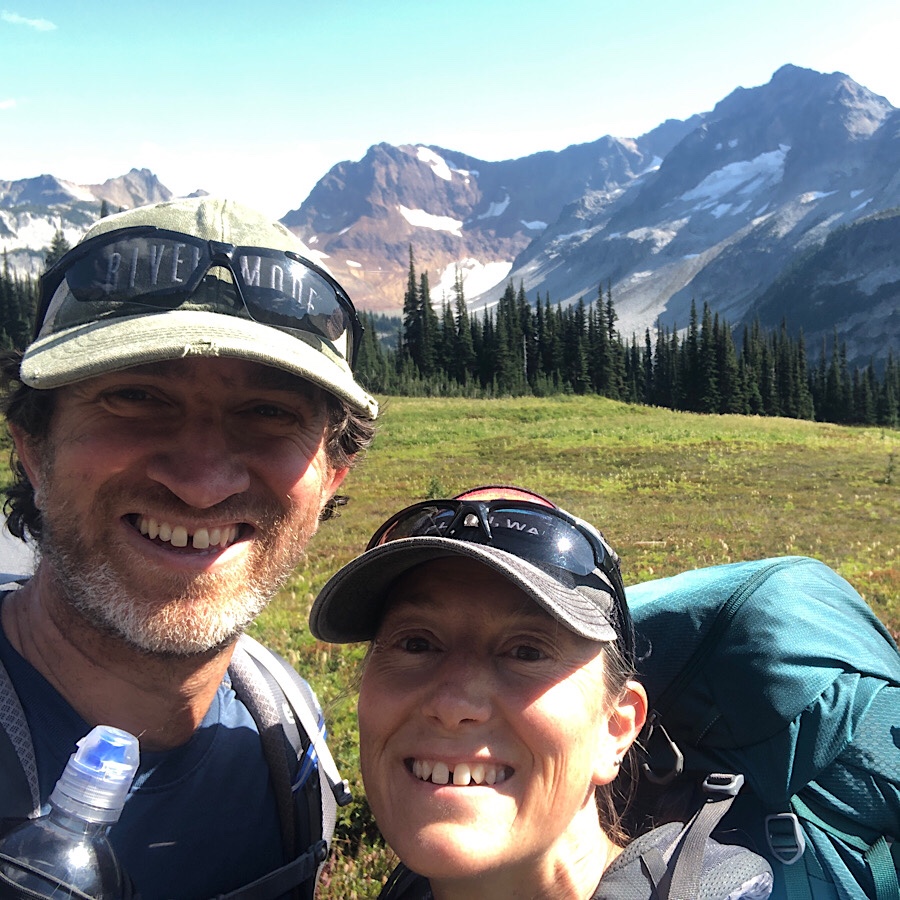

By dinnertime, the pain in my thumb was unavoidable. Giovannina suggested soaking it in some hot water and lancing the pustule. That relieved some of the pressure, but once in the tent, laying in the dark, the pain swelled like a springtime mountain stream. I took a couple Tylenol. No difference. I listened to a boring audiobook to help me fall asleep. Nothing. I thought about taking an Oxycodone, which I reserve for when things get really bad, but didn’t want the side effects in addition to an aching digit.
By sunrise, I was half-delirious with pain and ready to hike twenty miles to the car and drive to the nearest E.R. Thankfully Giovannina had slept well, and with a calm mind, she prepared another hot water soak, and this time I used the scissors on my multitool to cut back the nail, exposing the reddened sore. I lanced the beast like a medieval knight taking out a dragon. A reddish liquid oozed out, and almost instantly the pain began to subside. I rubbed hand sanitizer on the wound, wrapped it with a Band-Aid and duct tape, and with only an hour or so of sleep behind me, we hit the trail.

The hike from Miners Creek to Buck Creek Pass was a long, steady climb. Near the top it switchbacked through meadows of paintbrush and bear grass. I felt like we were hiking up Lombard Street in San Francisco. At the pass we were greeted by Glacier Peak herself, showing off her massive glaciers and snowfields for all the world to admire. By now the thumb was feeling almost normal.
We had hoped to camp just beyond the pass, but unfortunately all the sites were taken. As a consolation prize, we were treated to a flush of mountain blueberries. We dropped our packs and took our time grazing the juicy, little treasures, filling our mouths with tangy berries and staining our fingers blue.

It was here that we saw that same couple from Spider Meadows, also gathering berries. Hunched over trailside bushes, we struck up a conversation. Skitch (man) and Shannon (woman) were avid hikers and had just done a side trip to explore the High Pass. Though they were older than Gio and me, they seemed to have a lot more energy. It was partly fitness, but also gear choice. Skitch later told me that his backpack weighed in at a meager eight pounds (minus food and water.) They had done the whole PCT a few years before and lived for being on the trail.
As we talked, I mentioned the issue with my thumb. Turns out, Skitch is a doctor. He asked what I had done about it. I recounted that morning’s minor backcountry surgery, and nodding approvingly, he said, “You did everything right.”
And then with one final bit of wisdom, he added, “Take it from an old country doctor: Never let the sun go down on undrained pus.”

Forget the rest of the trip: the idyllic meadows, the amazing campsite, the receding glaciers, the alpine lakes, the snowcapped peaks or even the armloads of blueberries. Undrained pus – that’s what I’ll remember about the Spider Meadows/Buck Creek Pass Loop. That, and to use a better knife when I’m pitting plums.
